In autumn 2018 the university concluded cooperation agreements with two leading companies in the digital wine industry: Weinbau Online based in Mainz and EuvinoPro in Berlin.
Weinbau Online and its CEO Tobias Scholl provide cloud software for wineries and the wine trade to streamline internal processes at wineries. Its product range includes electronic indexing, bottle, cellar and harvest bookkeeping, online shops, statistical company evaluations, newsletters, mailings and much more. In a first joint project with the university, the success factors for online newsletters will be the subject of a master thesis.
EuvinoPro and its CEO Johannes Finze offer winemakers, the wine trade and associations a wide range of software solutions for administration, procurement, sales and marketing, CRM and data management. The company operates a wine platform for German and international winegrowers and set up the wine industry's data network. The extensive cooperation between the university and EuvinoPro includes guest lectures in the "Digitalization in the wine industry" seminar, joint publications in industry journals and a master thesis on benchmarks in online shops, as well as a project entitled "Experimentierfeld".
"We are delighted to be working closely with the two leading players in the area of digitalization in winemaking", said Professor Simone Loose from the Department of Wine and Beverage Business. A close cooperation like this between a university and digital businesses is unique worldwide and has advantages for both sides. "Digitalization allows us to measure and understand what is actually happening in the business. Surveys can always be afflicted with memory problems, approximations or social wishes, while digital data accurately reflects the economic reality of the wine industry. This gives us the tools to deliver reliable results and measurements for areas of the wine business which have not yet been analyzed", added Loose.
Geisenheim students benefit from early insights into the digital wine business that will play a fundmental role in their future careers. "It is very important that our students see that the future of every aspect of the wine business will be strongly impacted and altered by digitalization. The winemakers and wine traders of the future must be prepared for new challenges and a degree from Geisenheim should prepare them for this in good time," said Loose.
What makes a newsletter successful?
The first scientific results of a master thesis, in cooperation with Weinbau Online (WBO) and the Geisenheim Department of Wine and Beverage Business, have already been presented to the wine business. "We would like to thank the 25 wineries and Weinbau Online users who gave us access to their online newsetters and linked data", said Loose. In an age when direct selling is in decline and not only young customers wish to have regular digital reminders from the winery, newsletters are an important marketing tool for wineries. How successful are online newsletters in reaching customers and selling wine? The objective of the thesis was to determine comparative values for the success of online newsletters and to find out how this success can be increased.
In her master thesis, Sarah Adeneuer examined and categorized 552 newsletters sent out by 25 wineries to a total of 259,000 recipients. The newsletters differed not only in design, but also content and main topic, as well as their methods of persuding the recipient to act.
The scope of the address data base was found to be a significant success factor, with the number of readers increasing proportionally to the number of recipients, meaning wineries must continually try to increase their newsletter recipient numbers.
On average, the reading rate of the newsletters was 42% and 17% of the readers (7.1% of the recipients) clicked on a link in the e-mail. It is known from other cooperation partners that the conversion rate for German winegrowers is around 1 to 2% as the ratio of purchases to clicks (see diagram). This means that only 0.07% to 0.14% of newsletters sent out convert to actual sales, which translates to one online sale for every 390 recipients. Compared to paper newsletters, with a sales rate of around 1%, online newsletters have a significantly lower success rate, although the costs associated with paper mailings is, of course, much higher than online newsletters.
An increase in mailings only led to a slight decrease in the success rate; the reading rate per ten newsletters fell only slightly by 1%. The reading and click rate was significantly higher outside the core working hours of typical wine customers in the mornings, evenings and weekends. This means that newsletters should be sent when the recipient has time to read them. The success rate was also significatly higher for personalized newsletters with reference lines and a personal greeting as well as for newsletters with single-click links to information (no attached PDFs, etc.).
Loose presented the results of the thesis at Hochschule Heilbronn's Weinmarketingtag, on May 9, 2019, and a lively discussion afterwards served to underline the importance of findings from digitally available data for the wine sector. According to the professor, data from the digitalization of the industry will become increasingly important in research and teaching in Geisenheim.





